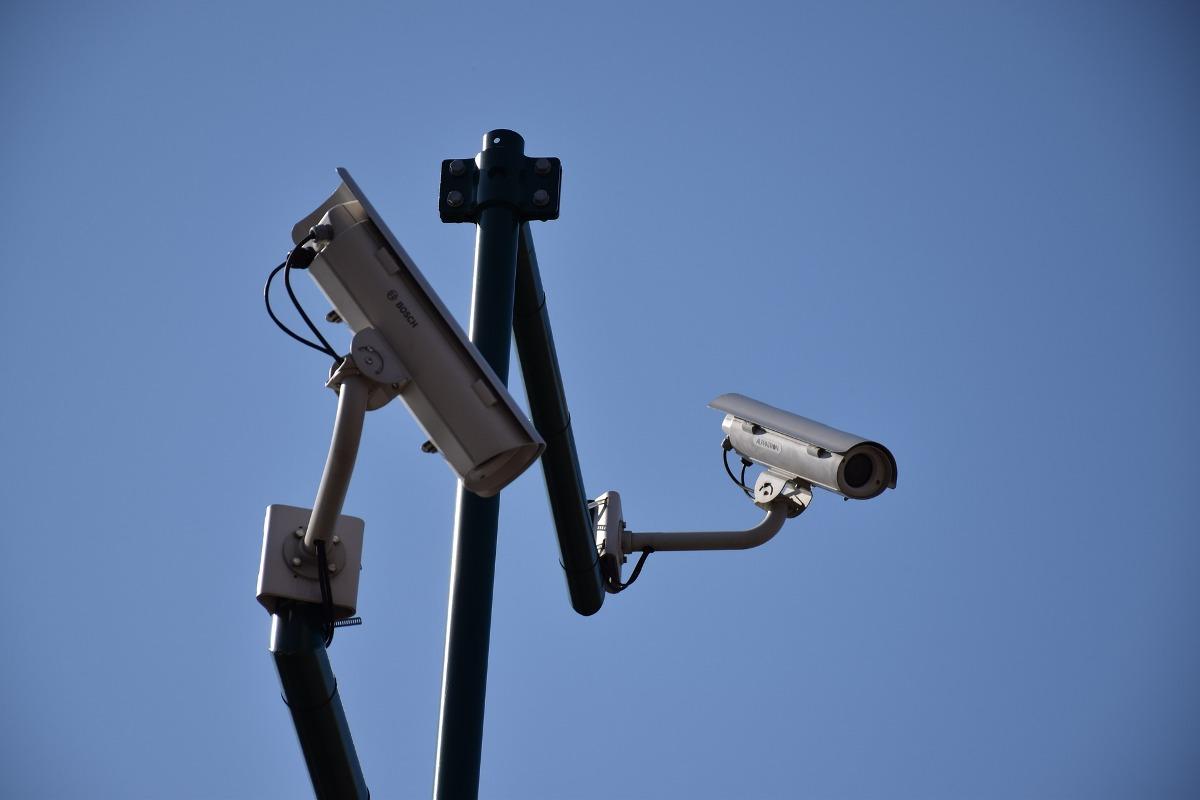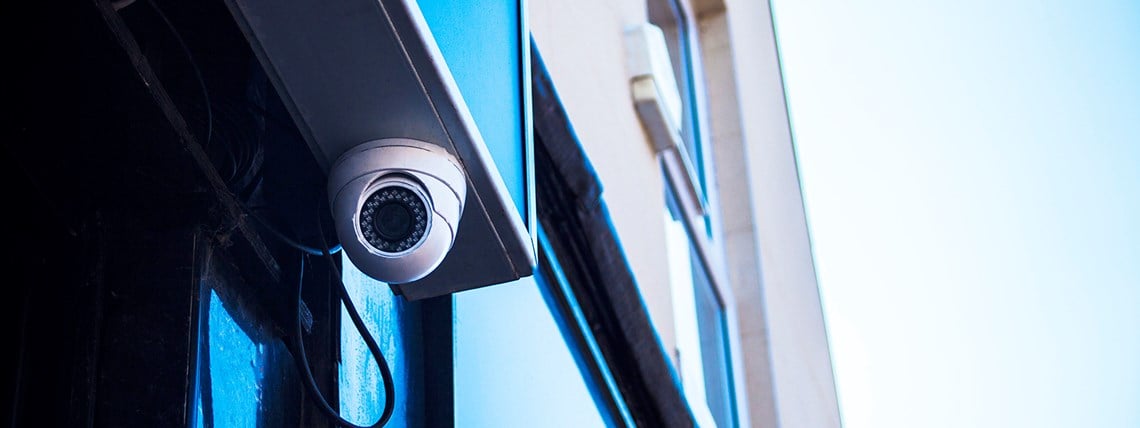Ordinarily we can successfully run a normal CCTV security camera installation services business without going through the required protocol of setting up a new business including writing a detailed business plan, but because we intend becoming leaders in this line of business, we don’t have any option other than to follow due process. CCTV installation works best in combination with guards, but if there is a choice between the two, surveillance cameras are more cost-effective. The average annual cost of hiring an unarmed security guard is nearly $33,000. By contrast, at $1,800 a year, a CCTV system costs 94% less than hiring a security guard, and provides 24/7 surveillance.
- Business Plan For Cctv Installation Service
- Business Plan For Cctv Installation
- Business Plan For Cctv Camera
- Business Proposal For Cctv Installation
- Business Plan For Cctv Installation Companies
Cyber threats are out there, but there are ways to protect your company. Implementing a well-rounded security plan helps prevent problems, and it ensures that your team responds quickly during a time-sensitive cyber attack crisis. Create an effective computer security plan for your business with these tips.
Business Plan For Cctv Installation Service
Why You Need a Plan
Here is a 10 Step Guide on Starting a CCTV Camera Installation Business 1. Learn the Trade. CCTV Camera business is heavily related to current technology and technology is always in. Types of CCTV Camera. Several different types of CCTV Camera is being used for a different purpose.

When a breach occurs, every second counts. If you have an incident response plan ready to go, you can drastically reduce the damage. The earlier you detect it, the easier it is to deal with it.
Business Plan For Cctv Installation
You may also be able to throw a wrench in the spokes of a cyber attack if you respond quickly enough. For example, if a laptop that contains sensitive data is stolen, you could deactivate or lock it remotely before any information is compromised. If hackers get to your customer data, you can immediately contact the affected customers and help them take necessary precautions.
A computer security plan could help to prevent cyber attacks. Cyber security doesn’t begin after an attack occurs; it’s an ongoing process that involves regular, consistent maintenance and monitoring. Your security plan could keep hackers from getting their foot in the door.
Start by Assigning Roles

If a cyber attack occurs, all of your team members should know their duties. Employees should have specific ongoing maintenance tasks to ensure that the security system is up to date.
For example, you could have one person in charge of the antivirus software. That person updates the software and runs a system scan every day to check for threats. If a relevant incident occurs — spyware is accidentally downloaded, for example — that person uses the antivirus software to find and remove the malicious data. Instead of depending on one IT security professional to perform a wide variety of duties, delegate responsibilities throughout your team.
Educate Your Staff
Business Plan For Cctv Camera
While each employee should have their own duties, every employee should understand the intricacies of the plan. You don’t when someone might be absent when a threat occurs.
Business Proposal For Cctv Installation
In addition to teaching employees about the computer system and how to protect it, you should also train them to understand best practices for preventing vulnerabilities in the first place. Many security breaches happen internally, due to employee error or negligence. Set guidelines on downloading procedures, creating powerful passwords, opening email attachments, and so on. The best computer security plan is making sure you never have to engage your secondary computer security plan in the first place.

Test for Vulnerabilities
Business Plan For Cctv Installation Companies
One of the problems with cyber security plans is that you may not know if they work until it’s too late. There’s an easy fix: test your plan. At least once per year, hire a security specialist to perform a full assessment to make sure that your plan is still relevant, up to date, and as effective as possible. You could even hire an ethical hacker to attempt to breach your system. Trial by friendly fire is the best way to gain relevant experience, aside from actually going through a legitimate cyber threat crisis. Cyber threats are always changing and adapting, so your computer security plan should evolve, too. Be vigilant, exercise caution, and communicate, and you should be able to minimize the risk of an attack.